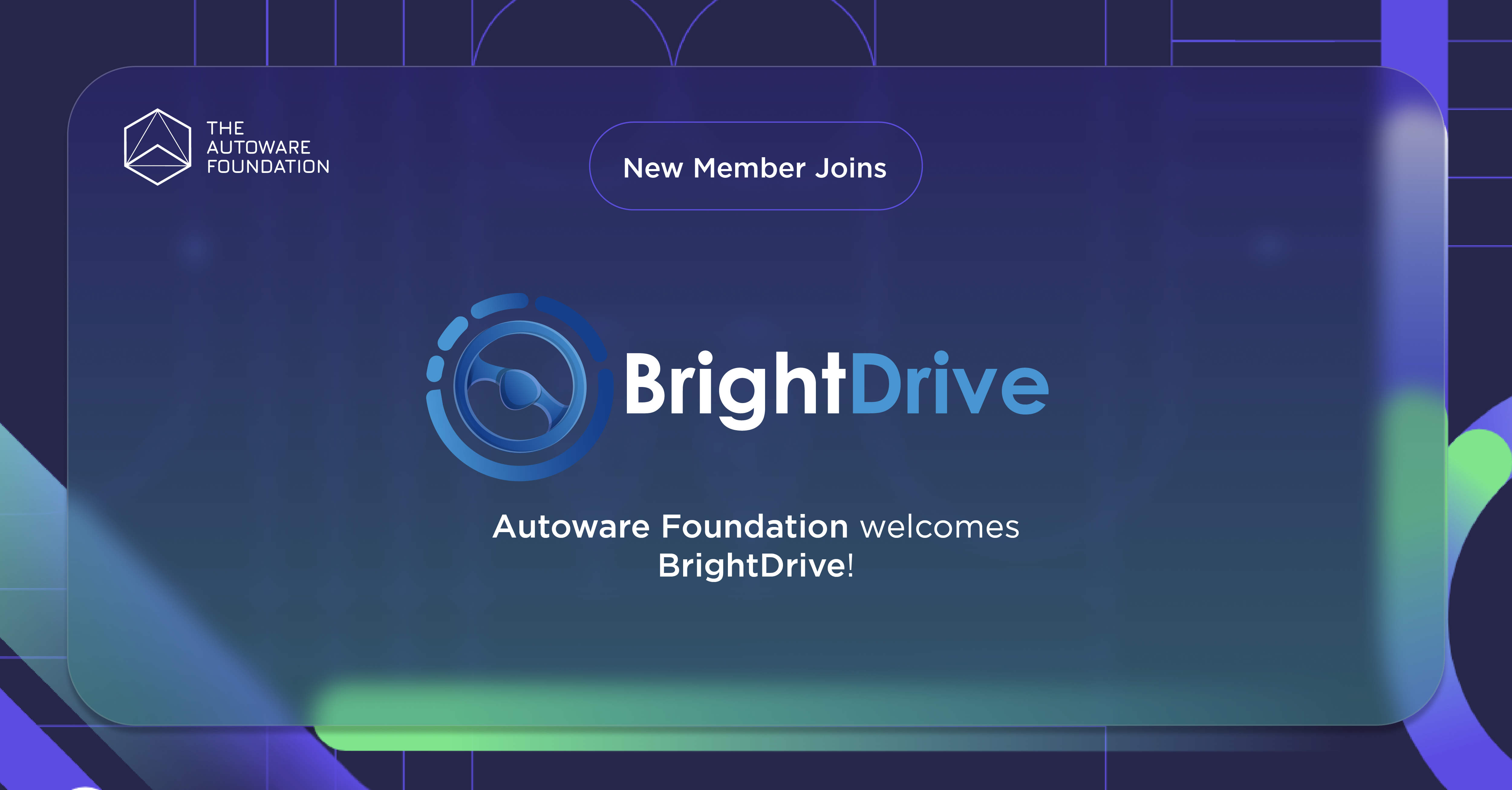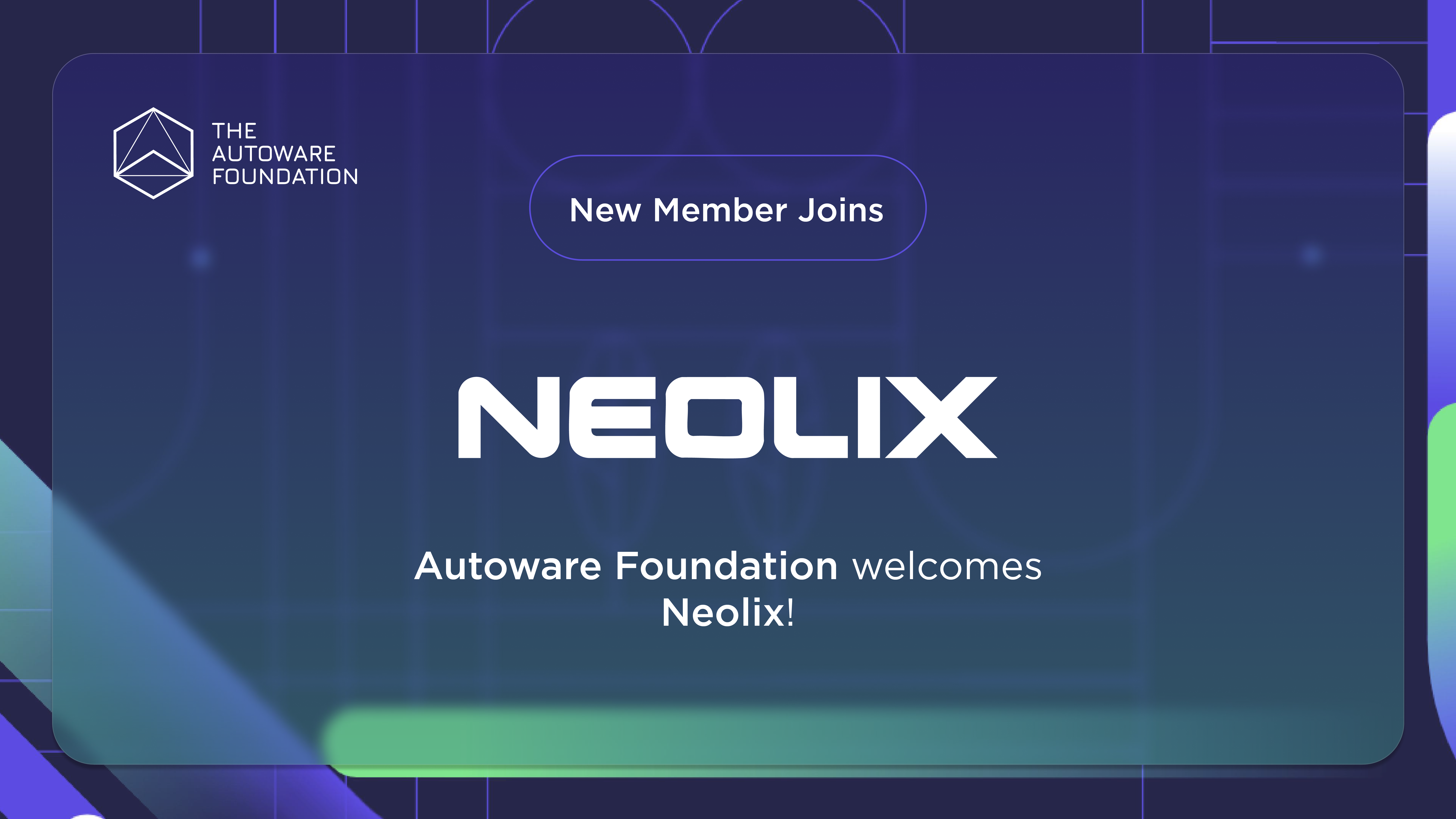
In recent years, autonomous racing has grown from a niche academic interest to a global engineering challenge, drawing participation from hundreds of students, researchers, and developers. One of the most exciting developments in this space has been the launch of the RoboRacer Sim Racing League — a virtual autonomous racing competition powered by the AutoDRIVE Ecosystem.
How it Started?
RoboRacer (formerly known as F1Tenth) is an international community of researchers, engineers, and autonomous systems enthusiasts. It was originally founded at the University of Pennsylvania in 2016 but has since spread to many other institutions worldwide. Their mission is to foster interest, excitement, and critical thinking about the increasingly ubiquitous field of autonomous systems. They have been semi-regularly hosting international competitions focused on building high-performance autonomy stacks for 1:10-scale racecars. The objective is deceptively simple: drive fast, don’t crash!
AutoDRIVE is envisioned to be an open, comprehensive, flexible and integrated cyber-physical ecosystem for enhancing autonomous driving research and education. It bridges the gap between software simulation and hardware deployment by providing the AutoDRIVE Simulator and AutoDRIVE Testbed, a well-suited duo for real2sim and sim2real transfer targeting vehicles and environments of varying scales and operational design domains. It also offers AutoDRIVE Devkit, a developer’s kit for rapid and flexible development of autonomy algorithms using a variety of programming languages and software frameworks, including Autoware.
RoboRacer and AutoDRIVE recently joined hands to introduce the Sim Racing Leagues, which take place entirely in a virtual environment, making them globally accessible and fully reproducible.
How it Works?
The competitions took place in 2 rounds:
- Qualification Round: Teams demonstrated their ability to complete multiple laps around the practice track without colliding with the track bounds at run time.
- Competition Round: Teams competed against the clock (a.k.a. time-attack race), on a previously unseen racetrack, to secure a position on the leaderboard.
The competitions adopted a containerization workflow using Docker to run and evaluate the submissions in a reproducible manner. Containerization provided a lightweight and portable environment, allowing applications to be easily packaged along with their dependencies, configurations, and libraries.
Each team was provided with a standardized simulation setup comprising the digital twin of RoboRacer racecars and racetracks within the high-fidelity AutoDRIVE Simulator. Additionally, teams were also provided with a working implementation of the AutoDRIVE Devkit to get started with developing their autonomy algorithms using ROS 2 or Autoware. Teams had to develop perception, planning, and control algorithms to parse the real-time sensor data streamed from the simulator and generate control commands to be fed back to the simulated vehicle.
The participants had the option to run the simulations in headless mode, or across varying grades of graphics fidelity and interface them with their autonomous racing software stacks locally or in a distributed computing setting. This levelled the playing field by relaxing the computational requirements without compromising the performance.
Staying true to its mission of open accessibility and transparency, the Sim Racing League provided each team with private access to their race logs and video recordings. Additionally, teams were also encouraged to leverage openly released tailor-made Foxglove layouts and scripts for data visualization and analysis. This allowed teams to post-process their performance, identify bottlenecks, and iterate on their software between rounds.
How it’s Going?
The RoboRacer Sim Racing League has been successfully deployed 3 times so far. The very first deployment at IROS 2024 in Abu Dhabi, UAE witnessed 58 teams (160+ participants) and the second one at CDC 2024 in Milano, Italy witnessed 51 teams (170+ participants). The most recent deployment at ICRA 2025 in Atlanta, USA registered 58 teams (150+ participants) from all over the world (32 organizations, 25 countries).
Teams participated with an exciting mix of reactive algorithms, map-based algorithms, and learning-based algorithms to push the virtual RoboRacer vehicles to their limits and autonomously race at over 24 mph!
| Rank | Team Name | Race Time | Collision Count | Adjusted Race Time | Best Lap Time | Video |
| 01 | 🥇 VAUL | 111.46 s | 0 | 111.46 s | 11.28 s | YouTube |
| 02 | 🥈 Autoware Aces | 122.16 s | 0 | 122.16 s | 12.08 s | YouTube |
| 03 | 🥉 Kanka | 129.28 s | 0 | 129.28 s | 12.76 s | YouTube |
The 3rd RoboRacer Sim Racing League @ ICRA 2025 concluded on May 14, 2025, with the following teams taking the top positions on the leaderboard:
🥇 VAUL (Université Laval) took the gold with an impressive race time of 111.46 seconds, maintaining a flawless run with zero collisions and setting the fastest lap of the competition at 11.28 seconds. Their top speeds reached above 10.6 m/s!
🥈 Autoware Aces (Autoware Foundation) secured the silver, completing the race in 122.16 seconds. Their consistent performance also saw zero collisions, with a best lap time of 12.08 seconds and top speed of over 9.3 m/s.
🥉 Kanka (University of Minnesota) claimed the bronze, finishing the race in 129.28 seconds. They also performed consistently without any collisions and put up a best lap time of 12.76 seconds with a top speed of over 9.6 m/s. They improved their autonomous racing stack so much that it beat the clock against their own qualification time, which was recorded on a smaller, simpler track.
🏁 Check out the full leaderboard here: https://autodrive-ecosystem.github.io/competitions/roboracer-sim-racing-icra-2025/#results
Finally, it was interesting to see how some of the teams were able to perform a sim2real transfer of their autonomous racing algorithms during the physical races at ICRA 2025!
What’s Next?
With an overwhelmingly positive reception from the global community, the RoboRacer Sim Racing Leagues will continue to be organized across premier robotics, autonomous driving, and controls conferences. Expect new tracks, new race formats, enhanced simulation features, multi-friction surfaces, uneven terrain, off-roading, and much more!
Whether you’re a student, researcher, or robotics enthusiast, the RoboRacer Sim Racing League is a perfect place to test your limits and push the boundaries of autonomous systems. Are you ready to race?


